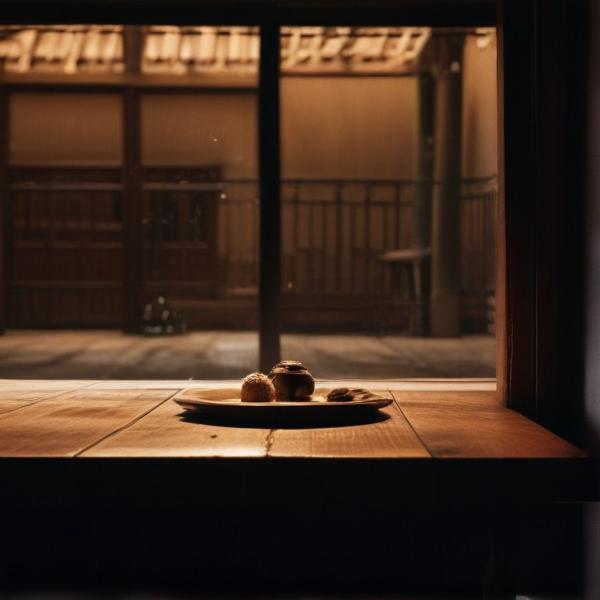基本信息 (Basic Information)
含义与用法 (Meanings & Usage)
中文核心释义 (Core Chinese Meaning): 房屋、房间,供人居住或使用的空间。
英文核心释义 (Core English Meaning): house, room, building; space for living or use.
象形意义 / 为何这么写 (Pictographic Meaning / Writing Rationale)
文言文释义 (Classical Chinese Meaning)
与现代意义相近,但在古代还可特指宫室的房屋、家族的分支等。Similar to modern meaning, but in ancient times could also specifically refer to palace rooms or branches of a family.
深入学习 (In-depth Study)
字源故事 (Origin Story)
字形演变 (Character Evolution)
常用词语和例句 (Common Words & Examples)
房间 (room)
我的房间很整洁。
Eng: My room is very tidy.
厨房 (kitchen)
妈妈正在厨房做饭。
Eng: Mom is cooking in the kitchen.
房东 (landlord, landlady)
我的房东人很好。
Eng: My landlord is very nice.
相关成语 (Related Idioms)
相关成语信息待补充。Related idiom information pending.
多语言翻译 (核心释义) (Translations (Core Meaning))
- French: maison, chambre
- German: Haus, Raum
- Spanish: casa, habitación
- Italian: casa, stanza
- Portuguese: casa, quarto
- Russian: дом, комната
- Arabic: منزل، غرفة
- Persian: خانه، اتاق
- Dutch: huis, kamer
- Polish: dom, pokój
- Vietnamese: nhà, phòng
- Ukrainian: дім, кімната
视频学习资源 (Video Learning Resources)
通过以下链接在热门视频网站搜索 "房" 的更多讲解:
Search for more explanations of "房" on popular video sites:
- 在 Bilibili.com 搜索 "房 字源 说文解字" (Search on Bilibili)
- 在 YouTube.com 搜索 "Fang 房 Chinese character origin etymology" (Search on YouTube)
网络参考 (Web References for "房") ()
网络内容摘要 (Web Content Summary):
“房”(fáng)是常用汉字,最早见于战国时期的篆文。本义是指正室两旁的房间,后来泛指住宅、房屋等可住人的建筑物。 “房” (fáng) is a commonly used Chinese character, first appearing in ancient scripts during the Warring States period. Its original meaning refers to side rooms adjacent to the main hall, and it later became a general term for a house or room.
字形方面,“房”由“戶”(门户)与“方”(旁、发音提示)组成,既表示与房屋有关的空间,也兼具形声与会意两种构字方式。 In terms of composition, “房” combines “戶” (door) and “方” (side, also serving as a phonetic component), making it both a pictophonetic and ideographic character that relates to living spaces.
在中国文化中,“房”还指二十八宿之一的“房宿”,属于东方苍龙七宿的第四宿,有四颗星,反映了汉字与天文学的联系。 Culturally, “房” also refers to “Fáng Xiù”, one of the Twenty-eight Lunar Mansions in Chinese astronomy, specifically the fourth mansion in the Eastern Azure Dragon constellation, showing the word's link with ancient astronomy.
- 常用词语: 如“房间”(room)、“房屋”(house)、“厨房”(kitchen)、“住房”(residence)、“书房”(study room)。 Common words: Such as "房间" (room), "房屋" (house), "厨房" (kitchen), "住房" (residence), "书房" (study room).
- 易混淆点:应注意“房”与“屋”(wū,house)、“室”(shì,room)等字的区分。“房”常为较大的空间,可为单个房间或指整栋房屋。 Confusion point: Be careful not to confuse "房" with "屋" (wū, house) or "室" (shì, room). "房" can refer to a larger space, either a single room or a whole house, depending on the context.
成语例: 没有特别以“房”字开头的成语,但在日常口语和复合词中极为常见。 Idioms: There are no famous idioms beginning with "房", but it is widely used in daily spoken and compound words.
房(汉语汉字)_百度百科
房,汉语一级字,读作fáng,最早见于战国文字(篆文)。本义指正室左右的屋子;泛指住人或放东西的建筑物;引申为形状像房的东西,还可指官署单位名;又作星名,二十八宿之一,东方苍龙七宿的第四宿,有星四颗。(基本信息栏参考资料:)
房字形演变字源_汉字「房」_房的甲骨文_房的金文_金文编_甲骨文编
从戶、方聲。」從戶,古代屋室進出之門戶多為單扇,因此房字從戶,在此表示和房屋格局的位置相關;方、旁同音,從方表示音讀,兼表兩旁的意思,本義指正室兩邊的房間。在六書中屬於形聲兼會意。 汉字:「房」 字形演变 字源演变 包2.149(楚) 說文‧戶部
更多图片 (房 More Images) ()
